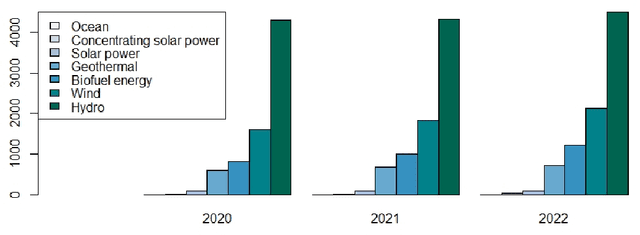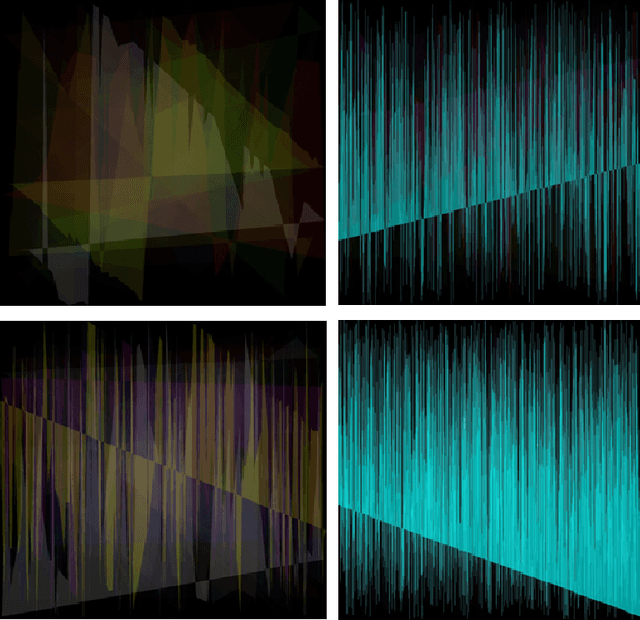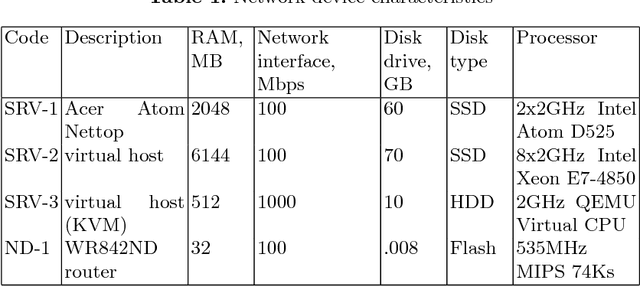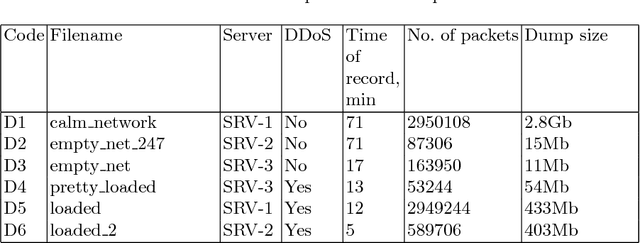Anna Kuznetsova
Testing MediaPipe Holistic for Linguistic Analysis of Nonmanual Markers in Sign Languages
Mar 25, 2024Abstract:Advances in Deep Learning have made possible reliable landmark tracking of human bodies and faces that can be used for a variety of tasks. We test a recent Computer Vision solution, MediaPipe Holistic (MPH), to find out if its tracking of the facial features is reliable enough for a linguistic analysis of data from sign languages, and compare it to an older solution (OpenFace, OF). We use an existing data set of sentences in Kazakh-Russian Sign Language and a newly created small data set of videos with head tilts and eyebrow movements. We find that MPH does not perform well enough for linguistic analysis of eyebrow movement - but in a different way from OF, which is also performing poorly without correction. We reiterate a previous proposal to train additional correction models to overcome these limitations.
OCTDL: Optical Coherence Tomography Dataset for Image-Based Deep Learning Methods
Dec 13, 2023Abstract:Optical coherence tomography (OCT) is a non-invasive imaging technique with extensive clinical applications in ophthalmology. OCT enables the visualization of the retinal layers, playing a vital role in the early detection and monitoring of retinal diseases. OCT uses the principle of light wave interference to create detailed images of the retinal microstructures, making it a valuable tool for diagnosing ocular conditions. This work presents an open-access OCT dataset (OCTDL) comprising over 1600 high-resolution OCT images labeled according to disease group and retinal pathology. The dataset consists of OCT records of patients with Age-related Macular Degeneration (AMD), Diabetic Macular Edema (DME), Epiretinal Membrane (ERM), Retinal Artery Occlusion (RAO), Retinal Vein Occlusion (RVO), and Vitreomacular Interface Disease (VID). The images were acquired with an Optovue Avanti RTVue XR using raster scanning protocols with dynamic scan length and image resolution. Each retinal b-scan was acquired by centering on the fovea and interpreted and cataloged by an experienced retinal specialist. In this work, we applied Deep Learning classification techniques to this new open-access dataset.
Relationships between patenting trends and research activity for green energy technologies
Oct 18, 2022


Abstract:Green technology is viewed as a means of creating a sustainable society and a catalyst for sustainable development by the global community. It is responsible for both the potential reduction of production waste and the reduction of carbon footprint and CO2 emissions. However, alongside with the growing popularity of green technologies, there is an emerging skepticism about their contribution to solving environmental challenges. This article focuses on three areas of eco-innovation in green technology: renewable energy, hydrogen power, and decarbonization. Our main goal is to analyze the relationship between publication activity and the number of patented research results, thus shedding light on the real-world applicability of scientific outcomes. We used several bibliometric methods for analyzing global publication and patent activity, applied to the Scopus citation database and the European Patent Office's patent database. Our results show that the advancement of research in all three areas of eco-innovation does not automatically lead to the increase in the number of patents. We offer possible reasons for such dependency based on the observations of the worldwide tendencies in green innovation sphere.
A Machine-Synesthetic Approach To DDoS Network Attack Detection
Jan 13, 2019



Abstract:In the authors' opinion, anomaly detection systems, or ADS, seem to be the most perspective direction in the subject of attack detection, because these systems can detect, among others, the unknown (zero-day) attacks. To detect anomalies, the authors propose to use machine synesthesia. In this case, machine synesthesia is understood as an interface that allows using image classification algorithms in the problem of detecting network anomalies, making it possible to use non-specialized image detection methods that have recently been widely and actively developed. The proposed approach is that the network traffic data is "projected" into the image. It can be seen from the experimental results that the proposed method for detecting anomalies shows high results in the detection of attacks. On a large sample, the value of the complex efficiency indicator reaches 97%.
 Add to Chrome
Add to Chrome Add to Firefox
Add to Firefox Add to Edge
Add to Edge